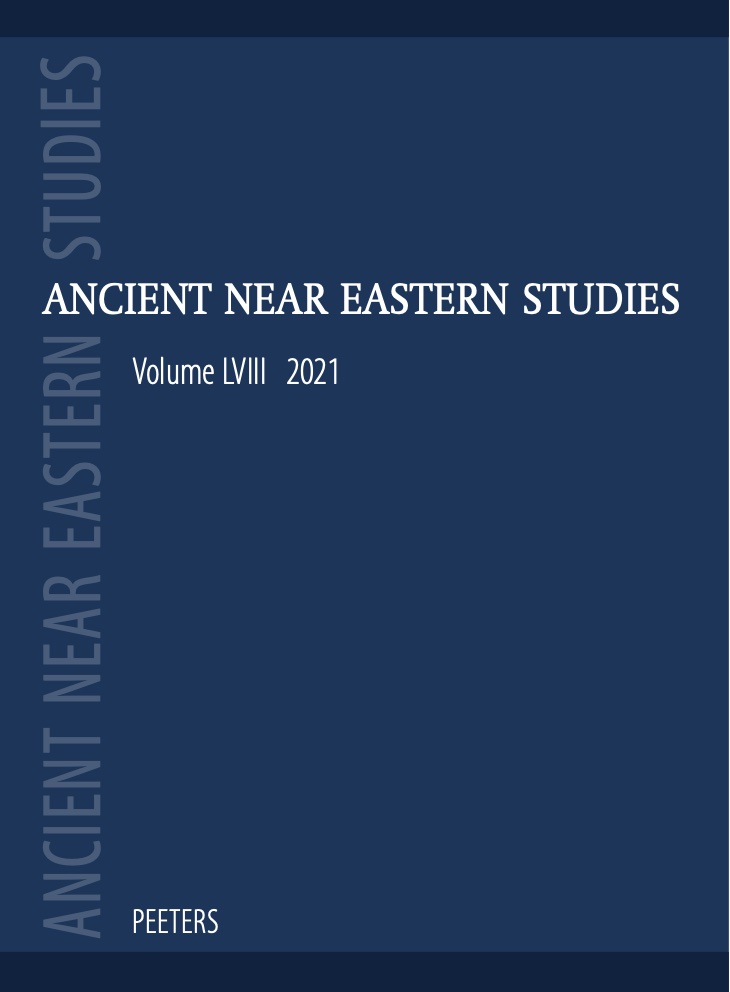 previous article in this issue previous article in this issue | next article in this issue  |

Preview first page |
Document Details : Title: The Phrygian Origin of Ancient Tiled Roofs Subtitle: The Case of the Architectural Terracottas from Gordion Author(s): EULER-SASSEVILLE, Katrin Journal: Ancient Near Eastern Studies Volume: 61 Date: 2024 Pages: 239-261 DOI: 10.2143/ANES.61.0.3294031 Abstract : Traditional views in Classical Archaeology attribute the first use of ceramic roof tiles to the Greek polis of Corinth, where they are thought to have originated in the first half of the seventh century BCE. However, the lavishly decorated tiles of the Phrygian and Lydian kingdoms in Asia Minor have mostly been regarded as provincial copies of the Greek examples, dating to the sixth century BCE. The New Chronology of the Phrygian capital of Gordion requires a re-evaluation of the dating and cultural context of the numerous tiles that have been discovered at the site since excavations began in the early 20th century. Some of the tiles, having been found in contexts associated with Middle Phrygian buildings, must now be dated to the eighth century BCE, based on stratigraphic, typological, iconographic, stylistic, and historical grounds. They seem to be closely linked to the rebuilding of the palace citadel after its destruction by fire ca. 800 BCE. The tiles from Gordion thus pre-date those from mainland Greece by about a century, attributing the invention of ceramic roof tiles to the Phrygians. |
|


